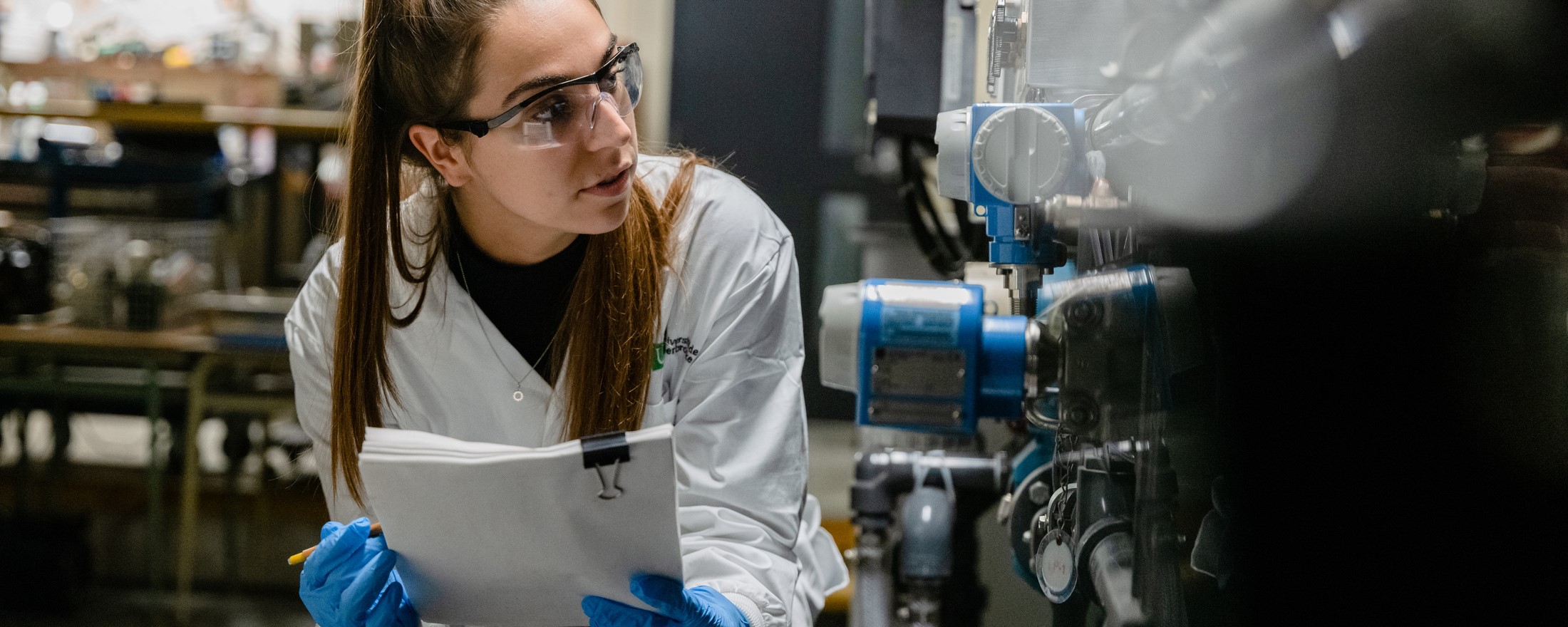Multiscale modeling of the internal and external climate of a Nordic greenhouse
Overview
- RESEARCH DIRECTION
- Dominique Derome, Professeure - Department of Civil and Building Engineering
- RESEARCH CO-DIRECTION
- Sébastien Poncet, Professeur - Department of Mechanical Engineering
- ADMINISTRATIVE UNIT(S)
-
Faculté de génie
Département de génie civil et de génie du bâtiment
Département de génie mécanique
- LEVEL(S)
- 3e cycle
- LOCATION(S)
- Campus de Sherbrooke
Project Description
In November 2020, Quebec announced its intention to double its greenhouse cultivation area in 5 years. The objective is twofold: (1) to increase the province's self-sufficiency, and (2) to improve the accessibility of the 44 remote communities to local products year-round and at reasonable prices. Greenhouses are complex environments that need to be controlled in terms of temperature, humidity and CO2 content. They break down into different interacting subsystems: local weather, envelope, soil, plants, and HVAC systems. More than temperature, light is the limiting factor in winter in Quebec for optimal plant growth, and additional lighting is necessary to optimize photosynthesis. To heat greenhouses, the primary energy consumed comes from the combustion of fossil fuels, while dehumidification is achieved by natural ventilation. Relative humidity is the most critical metric to predict. The observed discrepancies are mainly due to two factors: (1) evapotranspiration models are based on plant-related parameters (notably the Leaf Area Index) that are not always well known for all cultivar types; (2) For the period from October to April, in a northern climate, the interior surface temperature of the envelope drops below the dew point, which causes condensation, a phenomenon that is still poorly taken into account in the models. The formation of droplets causes a loss of luminosity of up to 50% and is favourable to the development of fungal diseases. The main objective is to develop a multiscale numerical model from opensource libraries able to predict the internal climate of Nordic greenhouses taking into account: local weather conditions including the snow layer in winter, exact structure of the envelop (glass / polycarbonate / polyethylene, simple/double/triple layer, coating or not), hygrothermal behavior of the crops and their growth, all heat and mass transfers (evapotranspiration, condensation, radiation, mixed convection and conduction) inside the greenhouse. Methodology: The project is essentially based on advanced numerical simulations using the model of Kubilay et al. [1,2]. It is an urban microclimate model, which already contains the effect of wind, radiation and heat and moisture transfers in the air, vegetation and materials such as soil and building materials, and can also predict the deposition of driving rain. This UrbanMicroClimateFOAM model is based on the open-access libraries of OpenFOAM and has been validated for different outdoor climate simulations. This model therefore makes it possible to take into account the physical phenomena at play in greenhouses, and we propose to add the modalities required for the addition of transparent surfaces (radiation, condensation, …). The developments will be done on a machine composed of 64 processors available in the laboratory, while the parametric calculations will be carried out thanks to the resources of the Digital Research Alliance of Canada. The numerical results will be compared with experimental measurements performed at our partners for hot and cold greenhouses with different cultivars. For each greenhouse, local weather data is measured as well as temperatures, relative humidity and CO2 levels within the greenhouse. Photosynthetic active radiation is measured by a quantum sensor. Additional sensors will be added as validation needs. References [1] Kubilay A., Derome D., Carmeliet J., Coupling of physical phenomena in urban microclimate: a model integrating air flow, wind-driven rain, radiation and transport in building materials, Urban Climate, 24, 398-418, 2018. [2] A. Kubilay, J. Allegrini, D. Strebel, Y. Zhao, D. Derome, J. Carmeliet. Advancement in Urban Climate Modelling at Local Scale: Urban Heat Island Mitigation and Building Cooling Demand. Atmosphere 11(12), 1313, 2020.
Discipline(s) by sector
Sciences naturelles et génie
Génie civil, Génie mécanique
Funding offered
Yes
$ 25 000
Partner(s)
Agronomes , Serriculteurs , Entreprises de génie conseil
The last update was on 12 March 2024. The University reserves the right to modify its projects without notice.
